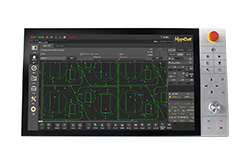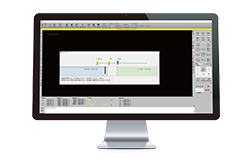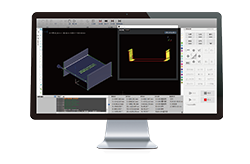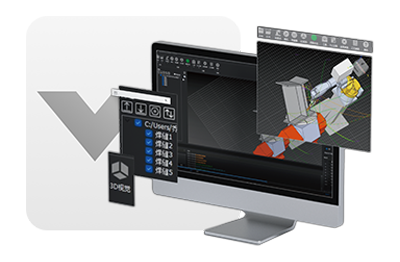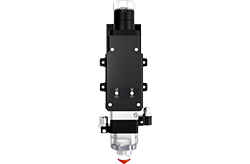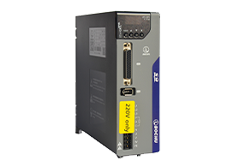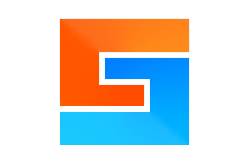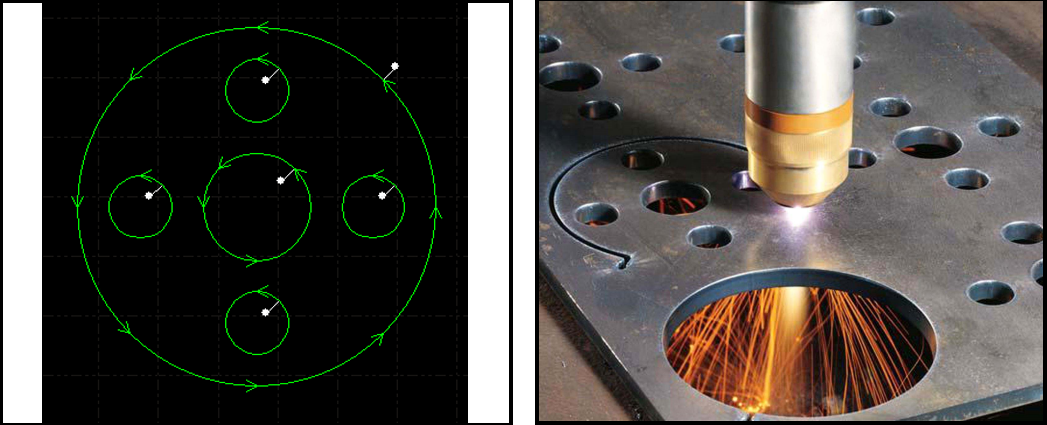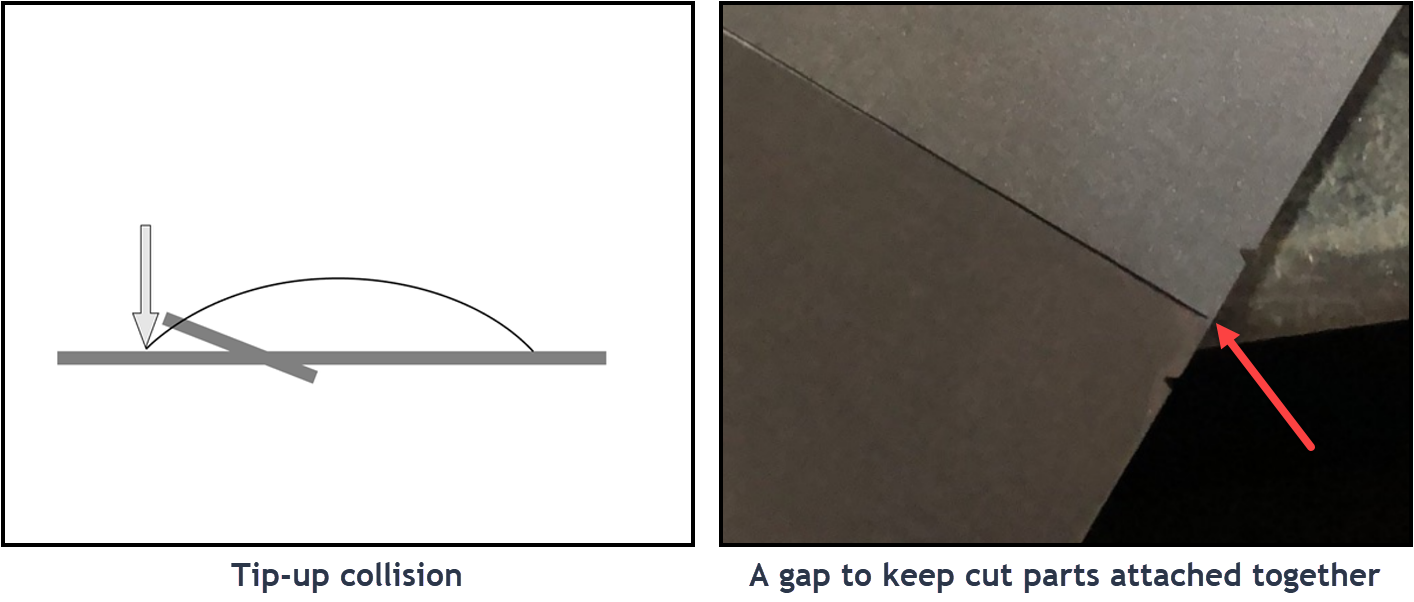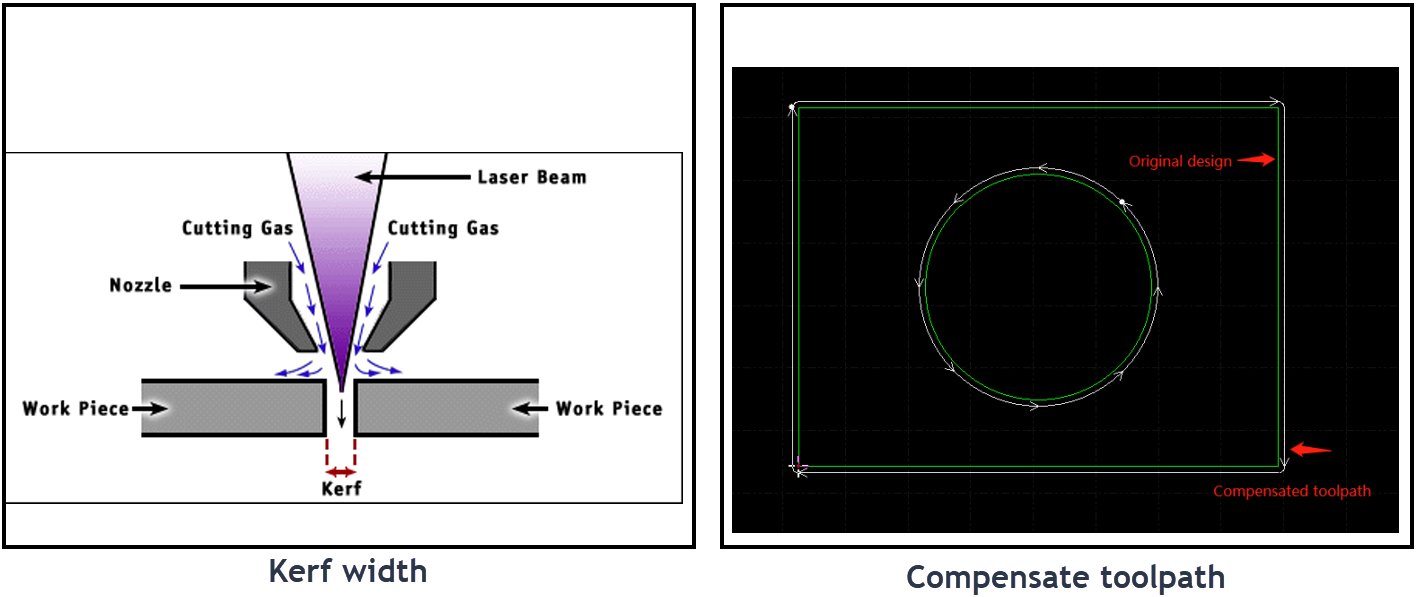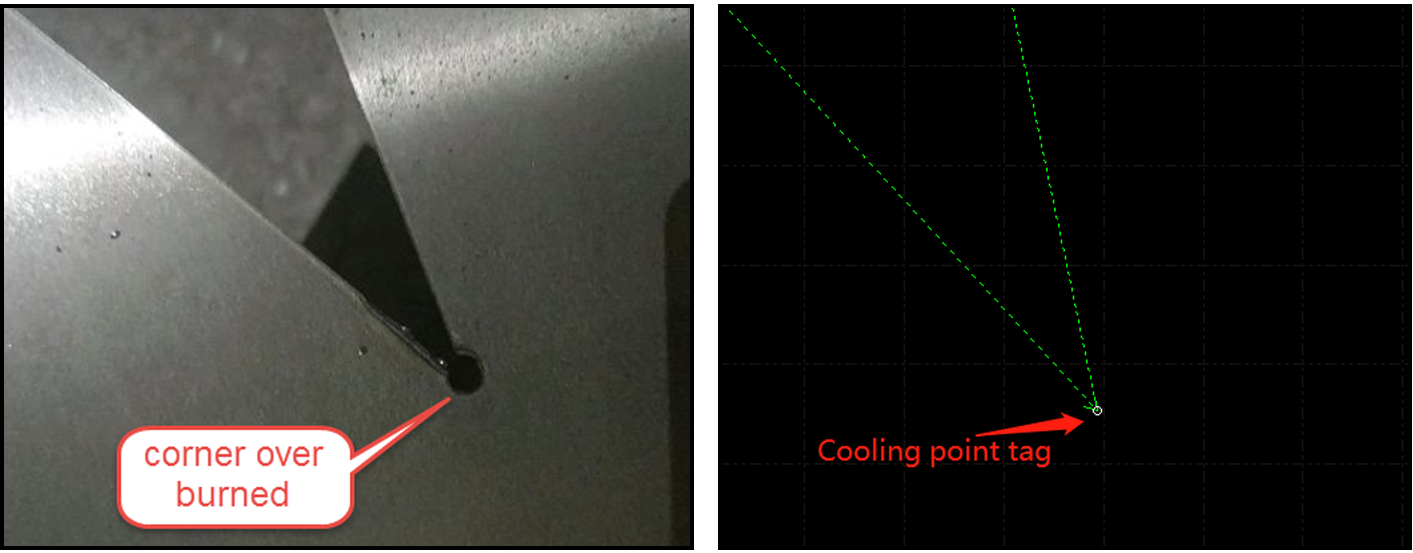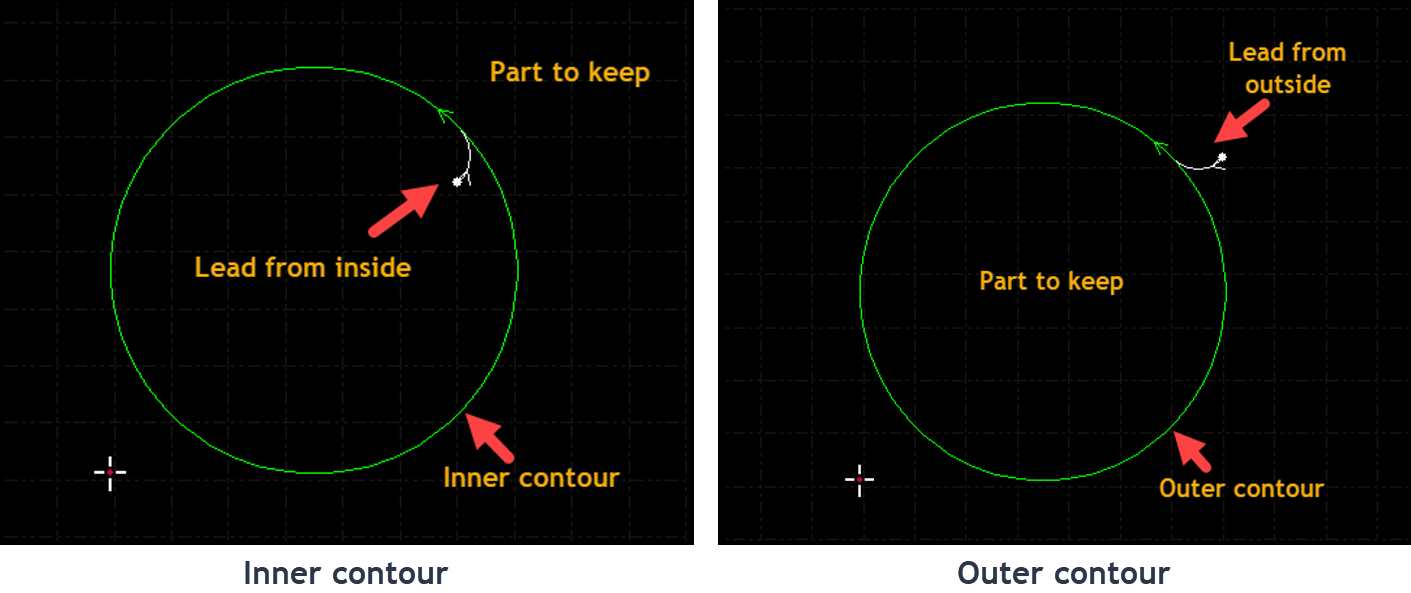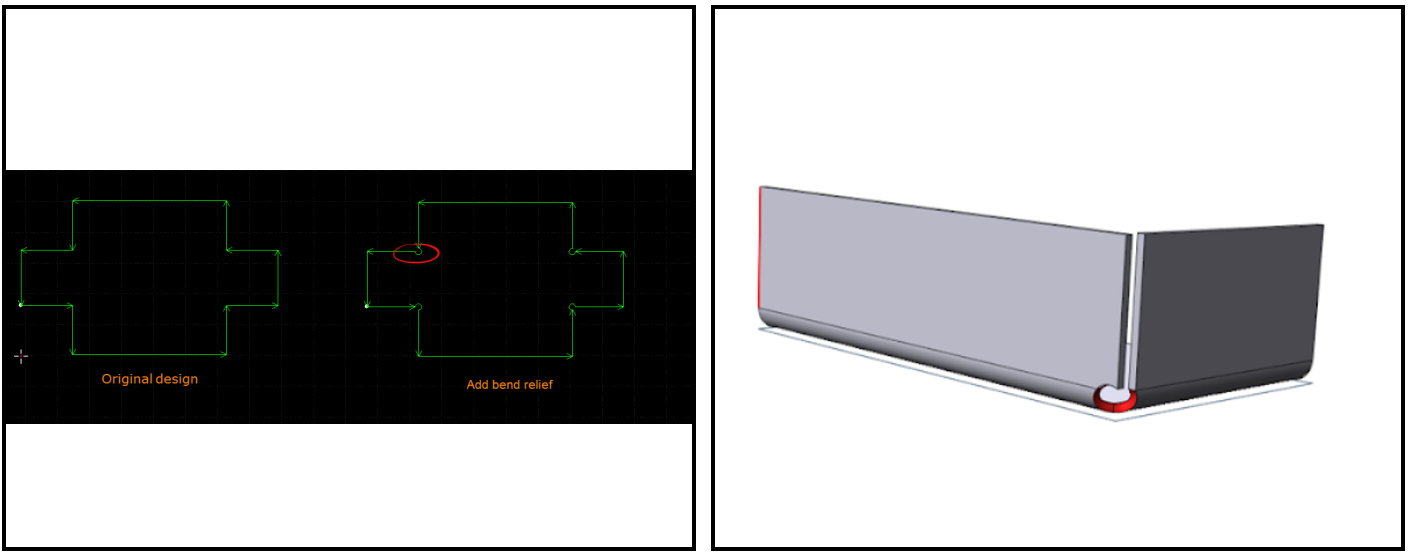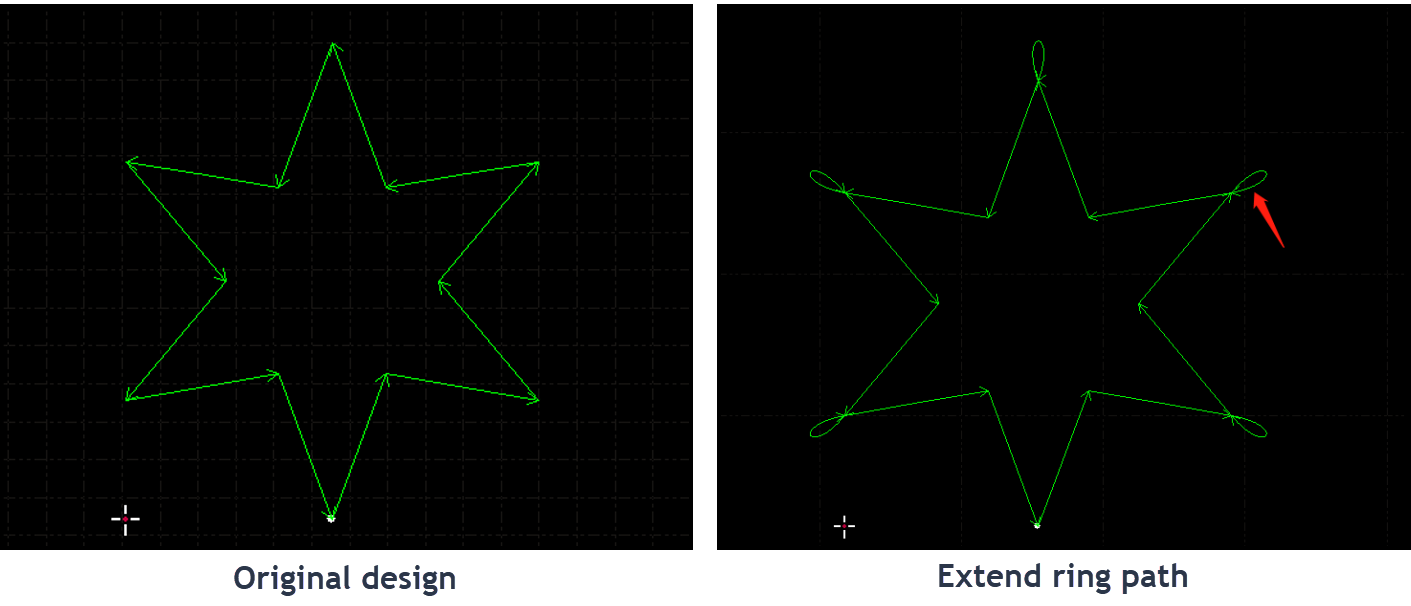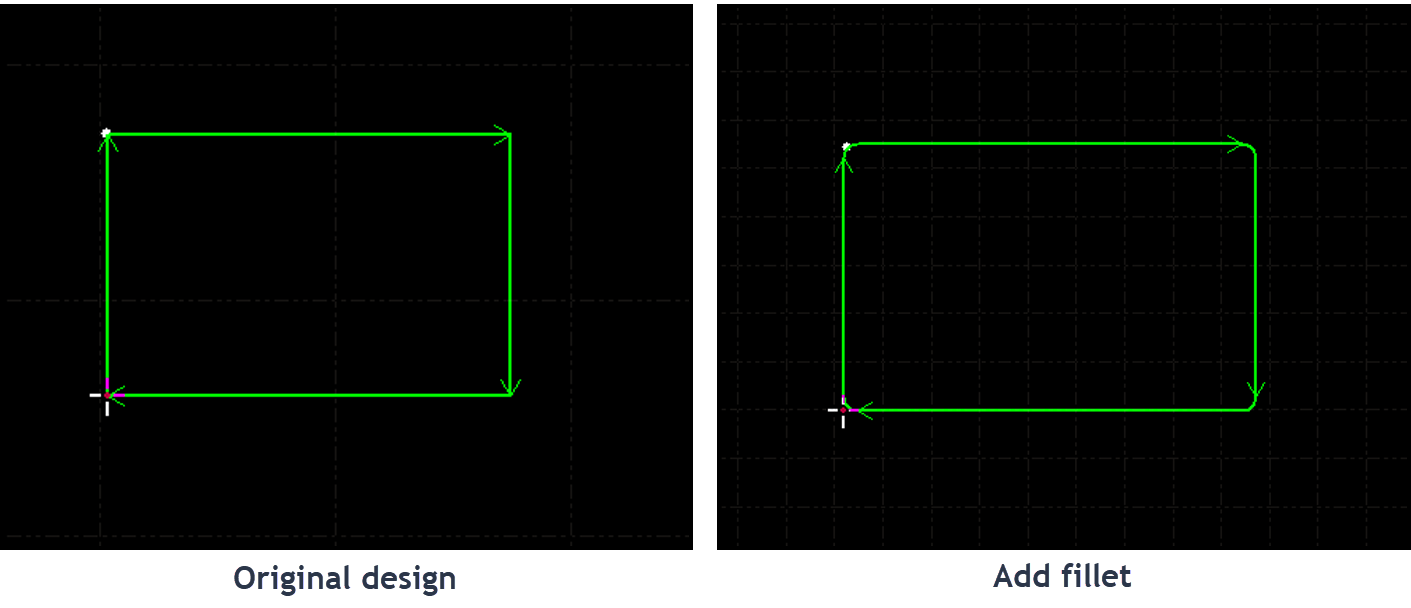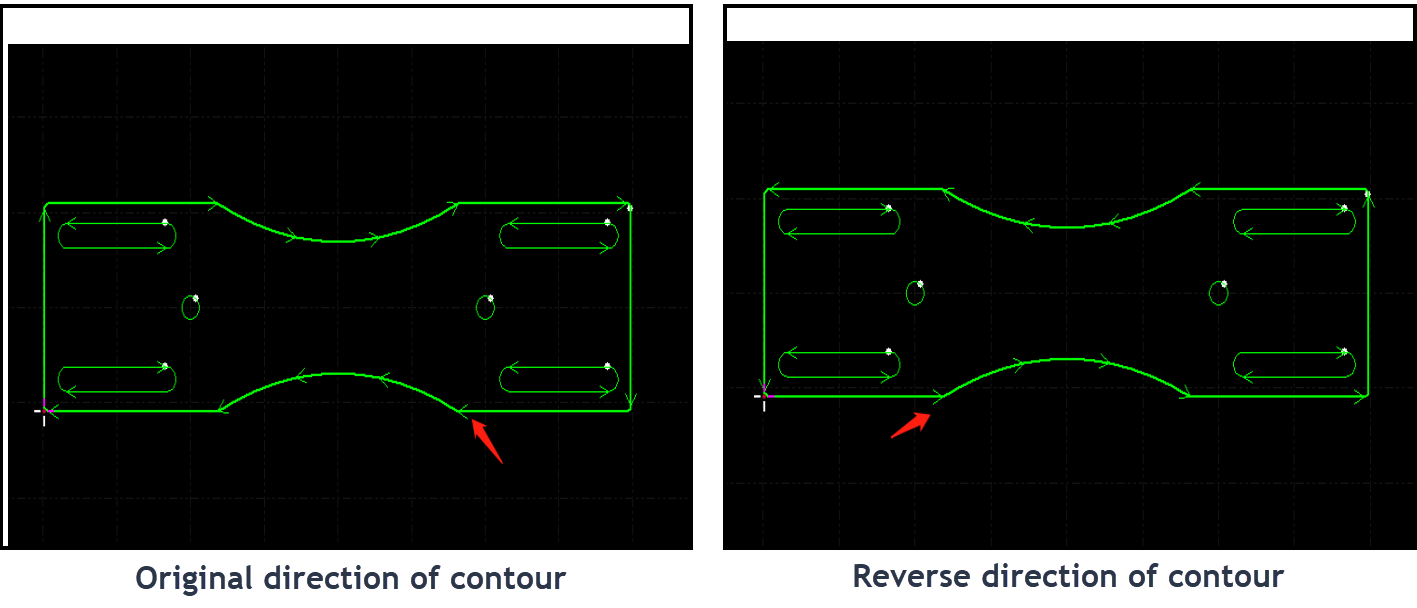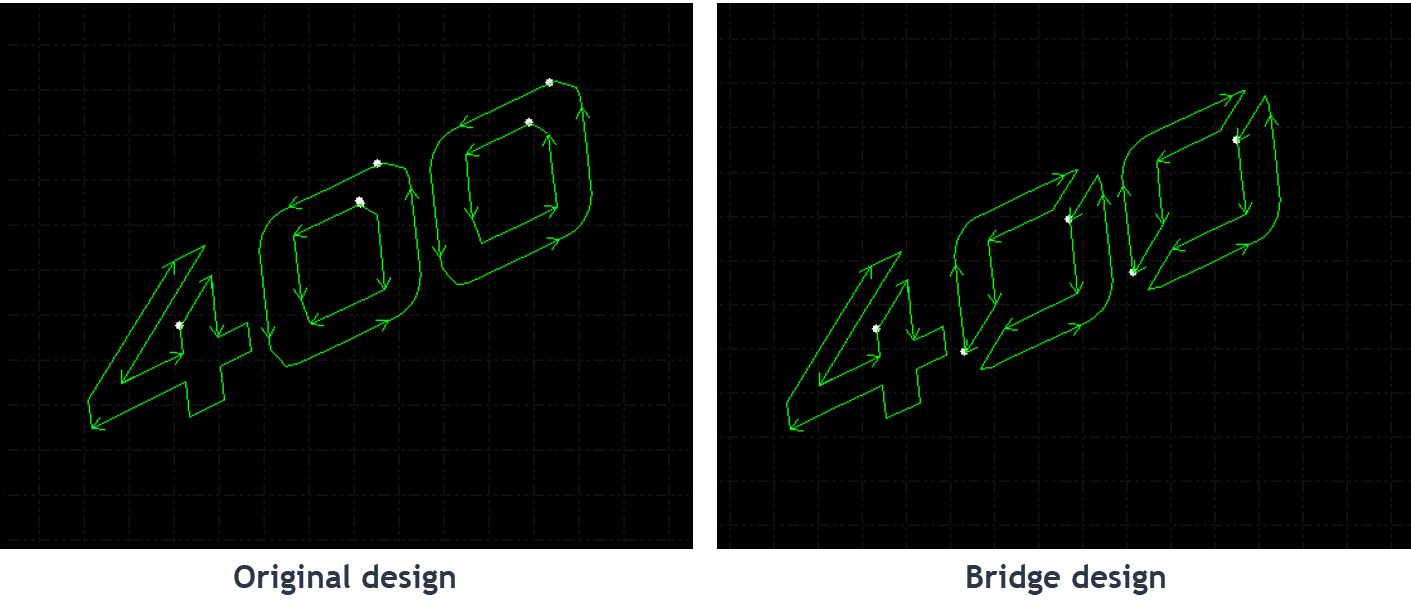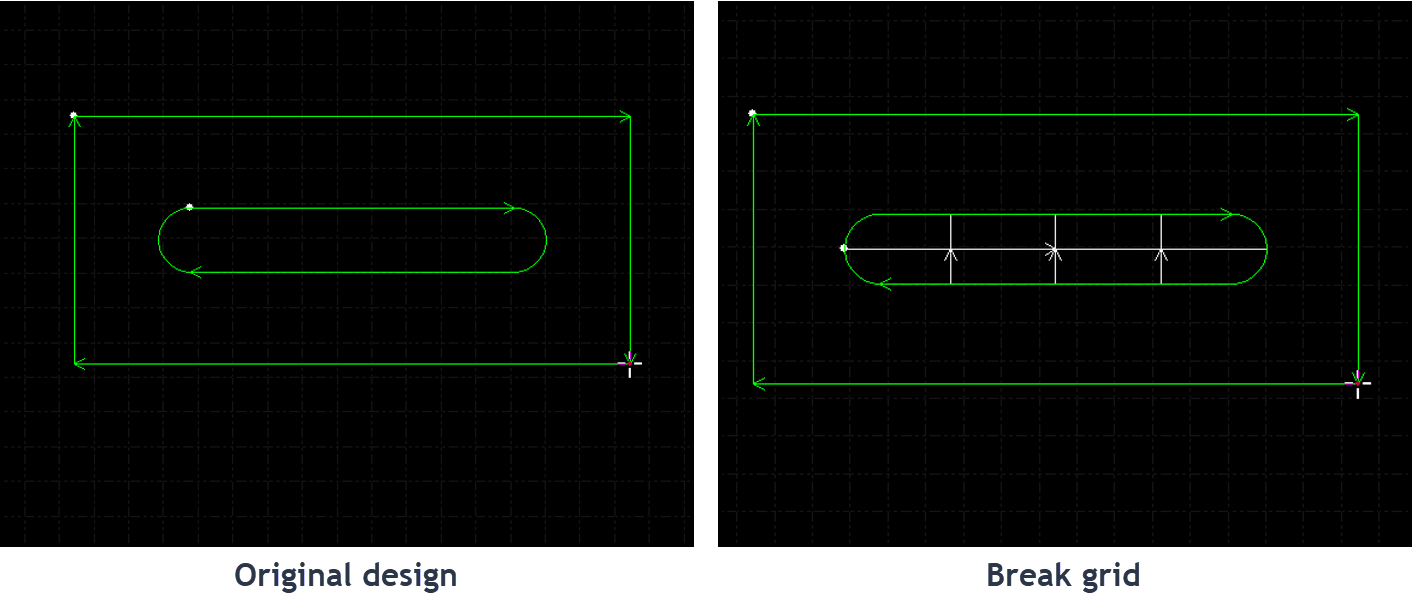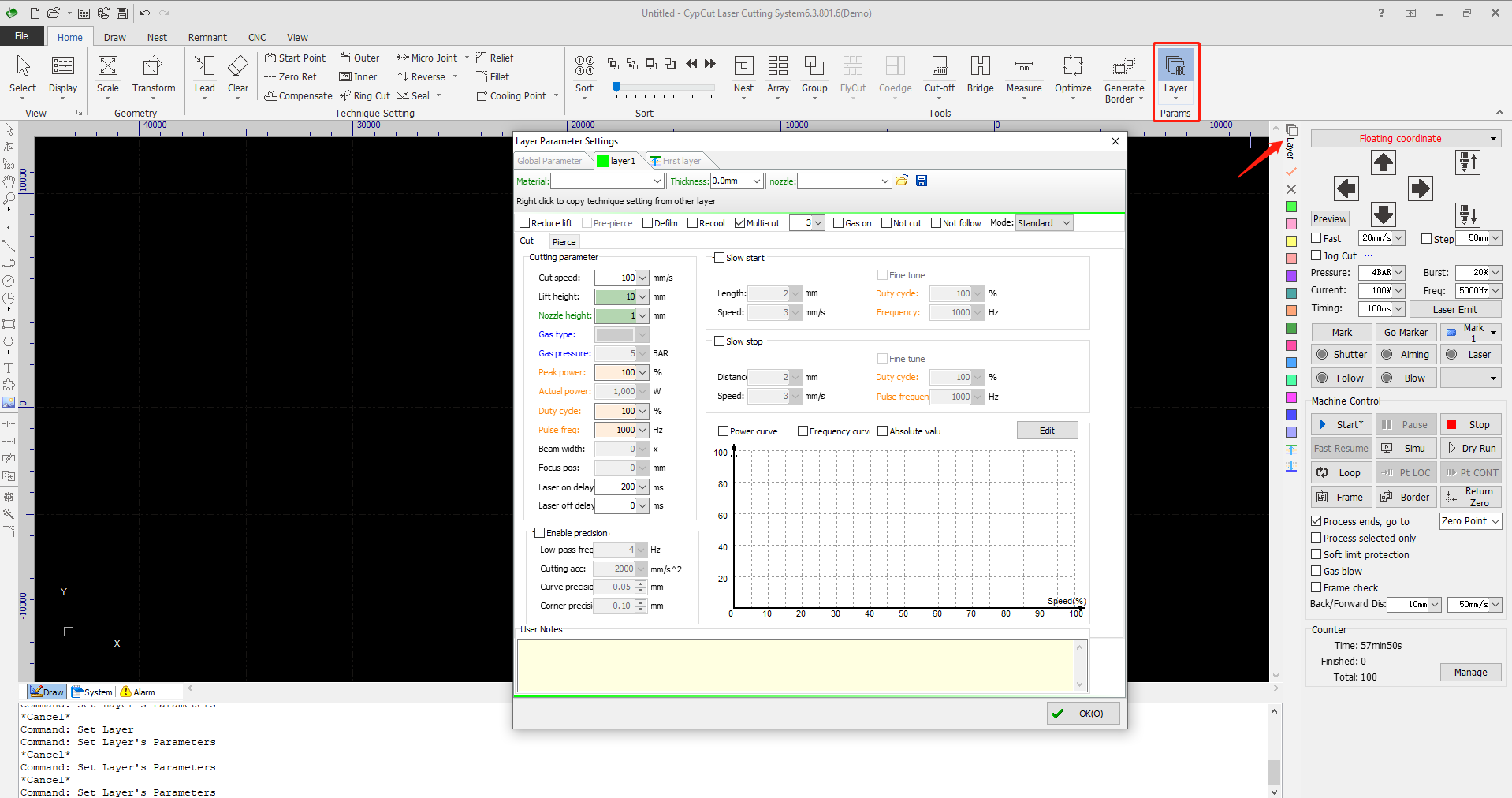- Products
Product
-
2D Cutting
-
Tube Cutting
-
3D Cutting
-
Intelligent Welding
-
BLT Intelligent Cutting
-
Industrial Automation
-
Industrial Software
-
BOCHU New Product
-
Portfolio
BOCHU New Product -
BOCHU New Product
-
FSWELD2800
BOCHU New Product -
Structural Steel Cutting Head
Plane Bevel Cutting Head
Tube Cutting Head
2D Cutting Head
BOCHU New Product -
BOCHU High-Speed Servo Drive
BOCHU New Product
-
- Online Store
- Service & Support
- About BOCHU

- Software Download
- Manual
- Video
- Tutorial
(Basics) Technique Setting
A good cutting requires more than a group of proper cutting parameters, also the techniques like lead line, cooling point and kerf width compensation work together to solve the
physical phenomenon that hamper the workpiece quality.
- Machining Technique
- Layer Parameter
Machining Technique
Lead line works to ensure the cutting quality by avoiding a burning trace at the start position on parts edge, and reduce impact of uneven speed at starting phase of a toolpath
segment.
Micro-Joint is to keep cutted parts attached on sheet skeleton, this mostly works for avoiding tip-up collision with laser head, for the cutted area will be tilted for lack of attachment
to plate skeleton and no balanced support underneath.
Kerf width compensation is a way to compensate the material loss on parts edge burned by laser beam. If parts geometry not compensated, the cutted part size will be smaller
or sometimes bigger than the designed size.
Cooling point serves to lower down the temperature by blowing pressured gas at heat affected zone. Laser firing might cause workpiece deformation and over burning,
by adding cooling point tag at corner position can profoundly improve the corner cutting quality from thermal effect.
Inner & outer is to define a contour as outer or inner contour of a part geometry. The inner and outer contour features decide which side of a contour is scrap and how lead line
introduce to parts, also affects auto sort result that inner contour should always cut first before outer contour. CypCut will identify inner/outer contour by this principle: the outmost
contour of a part geometry is outer contour, the next contour inside it will be inner contour.
Relief is to facilitate the bending process.
Ring path is to reduce the impact caused by rapid speed change at sharp corner turning also reduce heat effect. You can see in the below picture that it extends the toolpath
at corner tip in a ring shape thus machine can make a turn with less impact.
Fillet is to round the sharp corner that gives part better flow and less resistance.
Reverse is to adjust direction of a single contour in clockwise or counterclockwise direction.
Seal, Gap, Over and Multi By default a closed contour is of 'seal' status, you can add gap at end position of a closed contour, which is still a closed contour but laser will not fire
at gap position and leave a joint of preset length to keep part attached on sheet skeleton, it works like micro-joint. Over is to add an extra length of toolpath from end point that
overlapping with original toolpath, this is to deal with situation that the end position not fully cut off, which is the contrary to the 'gap' application. Multi-cut is to cut along the
same toolpath multi times by preset value, you can see a number bubble on the toolpath indicating the repeat times.
Bridge applied to connect separate shapes, usually used in advertising and decoration production like text character cutting.
Grid is to add cut-off line on big size in-part waste which will be cut into small pieces falling off and avoid tip-up collision.
Layer Parameter
CypCut supports to set separate cutting and piercing technique for each layer of part drawing, also provide special layer including 'process first' layer used in marking,
'process last' layer to execute process after all other layers, and 'recool' layer to execute extra cooling process to reduce thermal effect. You can appoint original layer
of *.dxf drawing as CypCut technique layer via Layer mapping function. Technique parameter can be reused by *.fsm material library file.
Related article 'cannot read material library from other manufacture'
(Basics) Technique Setting
A good cutting requires more than a group of proper cutting parameters, also the techniques like lead line, cooling point and kerf width compensation work together to solve the
physical phenomenon that hamper the workpiece quality.
- Machining Technique
- Layer Parameter
Machining Technique
Lead line works to ensure the cutting quality by avoiding a burning trace at the start position on parts edge, and reduce impact of uneven speed at starting phase of a toolpath
segment.
Micro-Joint is to keep cutted parts attached on sheet skeleton, this mostly works for avoiding tip-up collision with laser head, for the cutted area will be tilted for lack of attachment
to plate skeleton and no balanced support underneath.
Kerf width compensation is a way to compensate the material loss on parts edge burned by laser beam. If parts geometry not compensated, the cutted part size will be smaller
or sometimes bigger than the designed size.
Cooling point serves to lower down the temperature by blowing pressured gas at heat affected zone. Laser firing might cause workpiece deformation and over burning,
by adding cooling point tag at corner position can profoundly improve the corner cutting quality from thermal effect.
Inner & outer is to define a contour as outer or inner contour of a part geometry. The inner and outer contour features decide which side of a contour is scrap and how lead line
introduce to parts, also affects auto sort result that inner contour should always cut first before outer contour. CypCut will identify inner/outer contour by this principle: the outmost
contour of a part geometry is outer contour, the next contour inside it will be inner contour.
Relief is to facilitate the bending process.
Ring path is to reduce the impact caused by rapid speed change at sharp corner turning also reduce heat effect. You can see in the below picture that it extends the toolpath
at corner tip in a ring shape thus machine can make a turn with less impact.
Fillet is to round the sharp corner that gives part better flow and less resistance.
Reverse is to adjust direction of a single contour in clockwise or counterclockwise direction.
Seal, Gap, Over and Multi By default a closed contour is of 'seal' status, you can add gap at end position of a closed contour, which is still a closed contour but laser will not fire
at gap position and leave a joint of preset length to keep part attached on sheet skeleton, it works like micro-joint. Over is to add an extra length of toolpath from end point that
overlapping with original toolpath, this is to deal with situation that the end position not fully cut off, which is the contrary to the 'gap' application. Multi-cut is to cut along the
same toolpath multi times by preset value, you can see a number bubble on the toolpath indicating the repeat times.
Bridge applied to connect separate shapes, usually used in advertising and decoration production like text character cutting.
Grid is to add cut-off line on big size in-part waste which will be cut into small pieces falling off and avoid tip-up collision.
Layer Parameter
CypCut supports to set separate cutting and piercing technique for each layer of part drawing, also provide special layer including 'process first' layer used in marking,
'process last' layer to execute process after all other layers, and 'recool' layer to execute extra cooling process to reduce thermal effect. You can appoint original layer
of *.dxf drawing as CypCut technique layer via Layer mapping function. Technique parameter can be reused by *.fsm material library file.
Related article 'cannot read material library from other manufacture'
-
Email subscription
-
Contact us
-
Download


